Canadair CT-133 Silver Star

Aircraft Details
- RCAF Serial Number: 133299
- Length: 37 ft. 8 in. (11.48 m)
- Wingspan: 42 ft. 5 in. (12.93 m)
- Height 11 ft. 8 in. (3.55 m)
- Empty Weight: 8,440 lbs. (3,830 kg)
- Max Take off Weight: 16,800 lb. (7,630 kg)
- Crew: 1 – 2
- Powerplant: 1 Rolls-Royce Nene 10 Turbojet, 5000 lbf (22 kN)
- Fuel capacity: 677 Imp Gallons
- Average fuel consumption: 4 gallons per minute
- Service Ceiling: 47,000 ft. (14,000 m)
- Armament: None
- Primary Role: Training
- Max. Speed: 570 mph (920 km/h) (500 knots)
- g Loading Limits: +7.33/-4
Canadair CT-133 Silver Star
- Originally designed and built by Lockheed Aircraft in the USA
- First flew as T-33 Shooting Star in 1948
- Licensed to Canadair in 1951 for construction in Canada
- Canadian designation became CT-133 Silver Star
- Became primary training aircraft for fighters and interceptors
- Extremely reliable and forgiving flight characteristics
- Stopped being used as a trainer in 1976
- After official retirement it was still used in the role of enemy aircraft simulator for modern day fighter training, target towing and communication work
- Multiple air forces used the T-33 around the world. It was the first widely recognized and operational jet fighter aircraft.
- Our T33, serial No.133299 which flew with 417 Squadron in Cold Lake, Alberta and was acquired from CFB Trenton in 2002.
- It was one of the last CT-133 aircraft to be decommissioned.
- This aircraft will remain on static display only as it contains no engine, and the main wing spar has been cut to prevent the possibility of flight.
- Volunteers are working at restoring the plane
- We have acquired a T-33 engine that we will eventually put on display beside the plane – perhaps cutting away parts of the engine to demonstrate the internal workings.
General Overview of CT-133299
General Aircraft Description
The Lockheed T-33, (also commonly know as the “T-bird”) jet trainer evolved from the USAAF’s first operational jet fighter, the P-80 Shooting Star, which first flew in January 1944.
Lockheed stretched the P-80 airframe, added a rear cockpit and the T-33 was born. The T-33 first flew in March 1948,
With the switch to jet propelled aircraft, the RCAF needed a jet trainer and the Lockheed T-33A was the obvious choice. 30 were ordered in 1951 and were named Silver Stars. Later, the same year the RCAF awarded Canadair a contract to build a large number of T-33 jet trainers, under license in Canada by Canadair in Montreal.
Unlike the Lockheed built aircraft, which was propelled by an Allison J-33 engine, the Canadian version was fitted with the more powerful Rolls-Royce Nene 10. (Thrust: 5000 pounds @12,400 r.p.m.; Type: Double entry centrifugal flow compressor turbojet engine).
The first Canadair built CT-133 flew from Montreal in October 1952 and entered RCAF service the following year. The aircraft was destined to become one of the most versatile jet aircraft in Canadian skies. Besides training pilots, the Silver Star became well known to the public during the 1960s, through the RCAF’s “Red Knight” solo aerobatic displays. It continued to be the Canadian Forces’ advanced jet trainer until 1974.
Canadair stopped building CT-133’s in 1958 and Lockheed a year later. A total of 6557 T-33s were produced – 656 in here Canada and 210 in Japan. In its peak years, the T-33 was flown by 30 air forces around the world.
the aircraft stopped being used as a trainer in 1976, there were still over 50 aircraft in Canadian Forces inventory in 1995. The youngest of these airframes was then 37 years old and had exceeded its expected life by a factor of 2½. During this period, the Canadair T-33 was employed in communication, target towing and enemy simulation.
The final Canadair Silver Star Mk. 3 was retired from the Aerospace Engineering Test Establishment at CFB Cold Lake, Alberta, Canada where it was used as an ejection seat testbed after 46 years of service.
- Canadian Air Force (CAF) ceased flying the CT-133 in 2005
- The RCAF CT-133’s flew a total of 412,454 flight hours, average hours per airframe 12,131 hours
Our CT-133 Silver Star
The Canadian Air Museum (CAM), formerly Canadian Historical Aircraft Association (CH2A), purchased CT-133 #133299 from Public Works and Government Services Canada (PWGSC) in October 2002.
This aircraft is significant to the CAM as it had flown most recently as an aircraft belonging to 417 Squadron based in Cold Lake Alberta, and 417 is the adopted Squadron of the City of Windsor as well as having close ties with the Air Force Club of Windsor.
In total, 656 CT-133 Trainers were manufactured by Canadair in Montreal. Our CT-133 is number ‘299’ of that series.
The aircraft was located at CFB Trenton at time of purchase but had to have engine removed and many other modifications, including wing removal, prior to being transported to Windsor for re-assembly. Ron Holden and Mike Beale went to Trenton for five days to work with and oversee SPAR Aerospace who carried out the necessary dismantling of the aircraft, preparation for travel, and ultimate re-assembly back in Windsor. From offer to purchase aircraft, until ready for display, was approximately four months.
Dr. Murray O’Neil, active pilot and member of our museum, actively promoted the purchase of the aircraft as a prominent static display for the museum, and provided the funding for the project.







